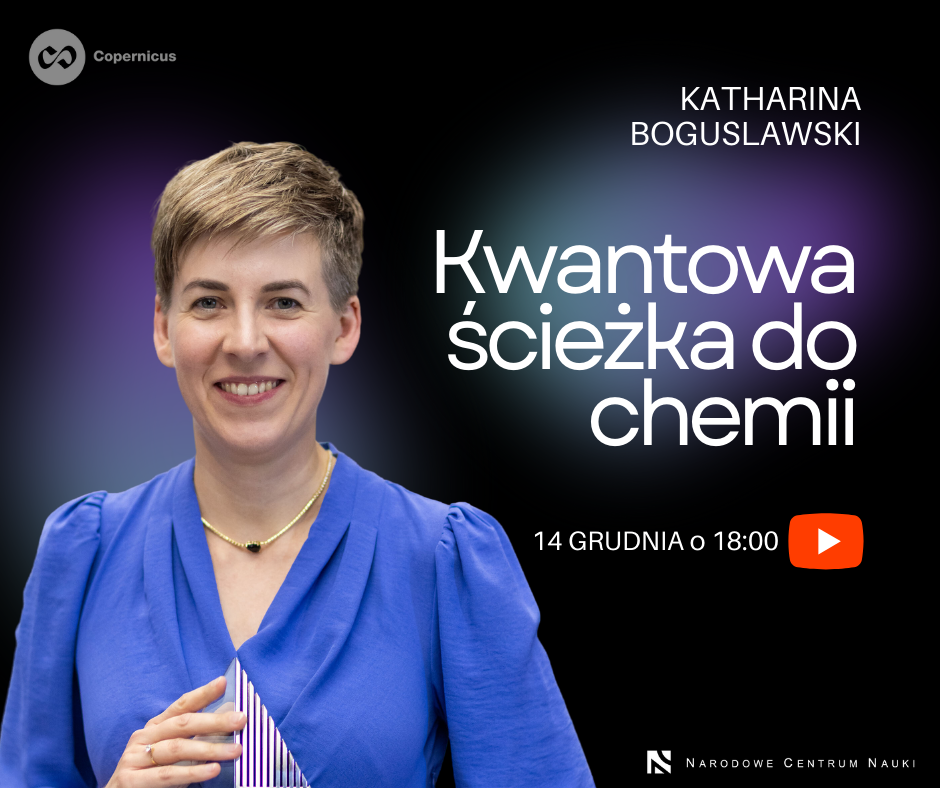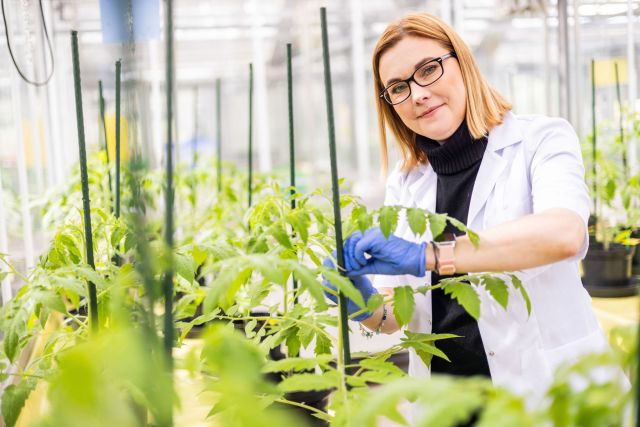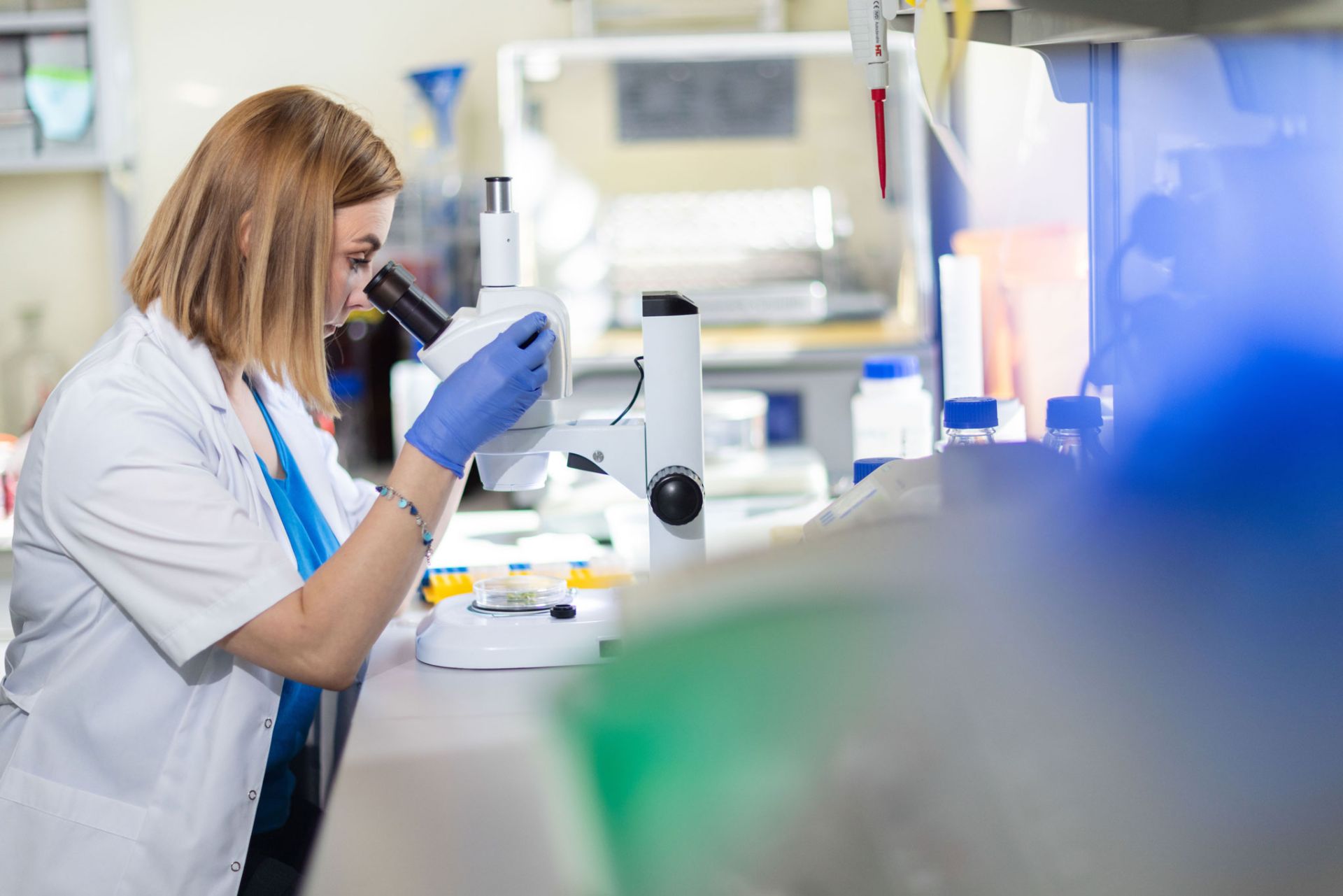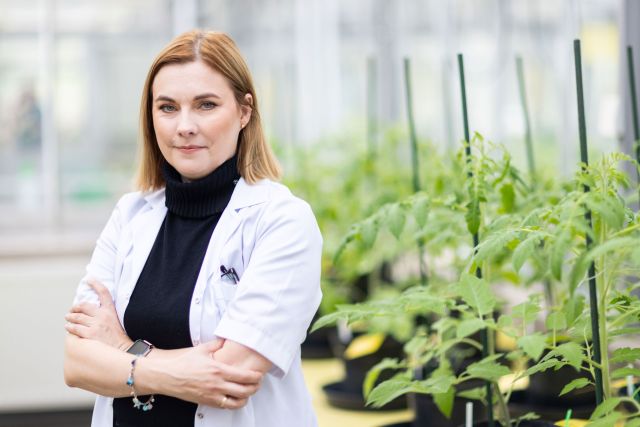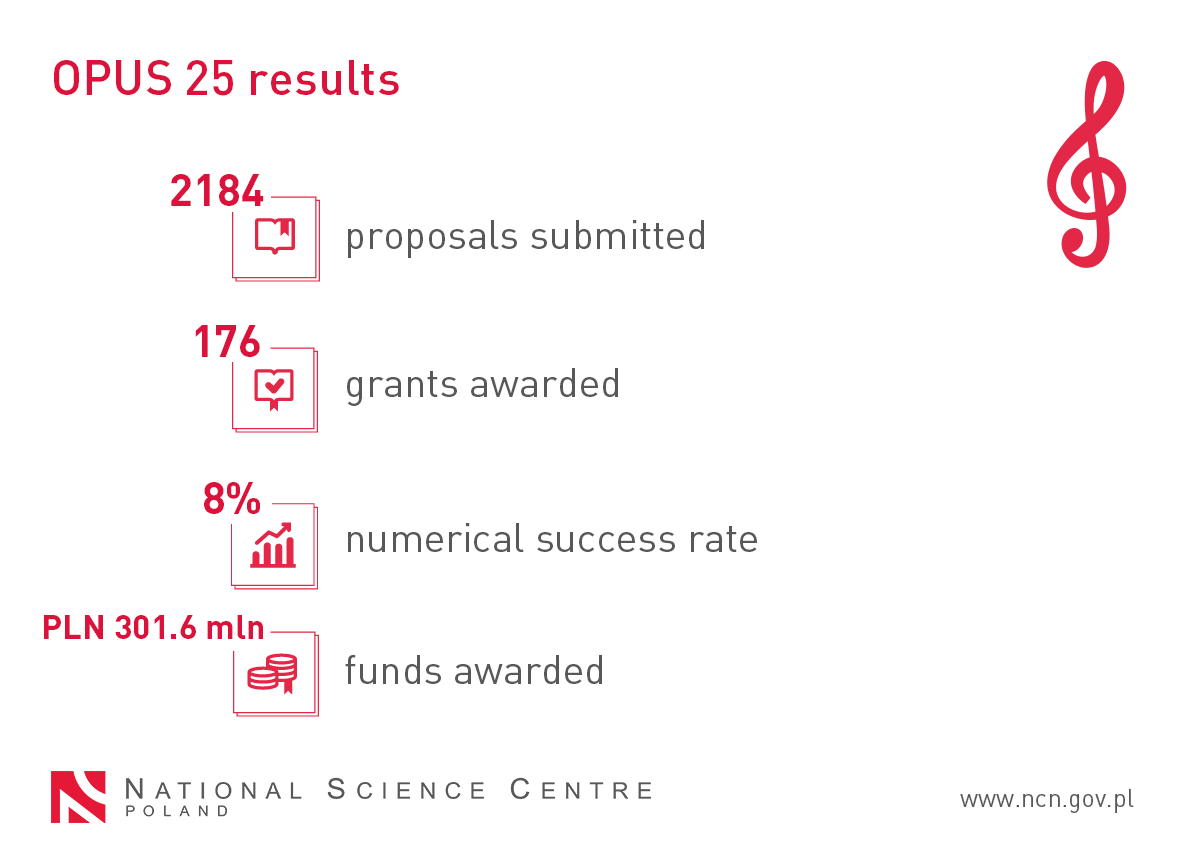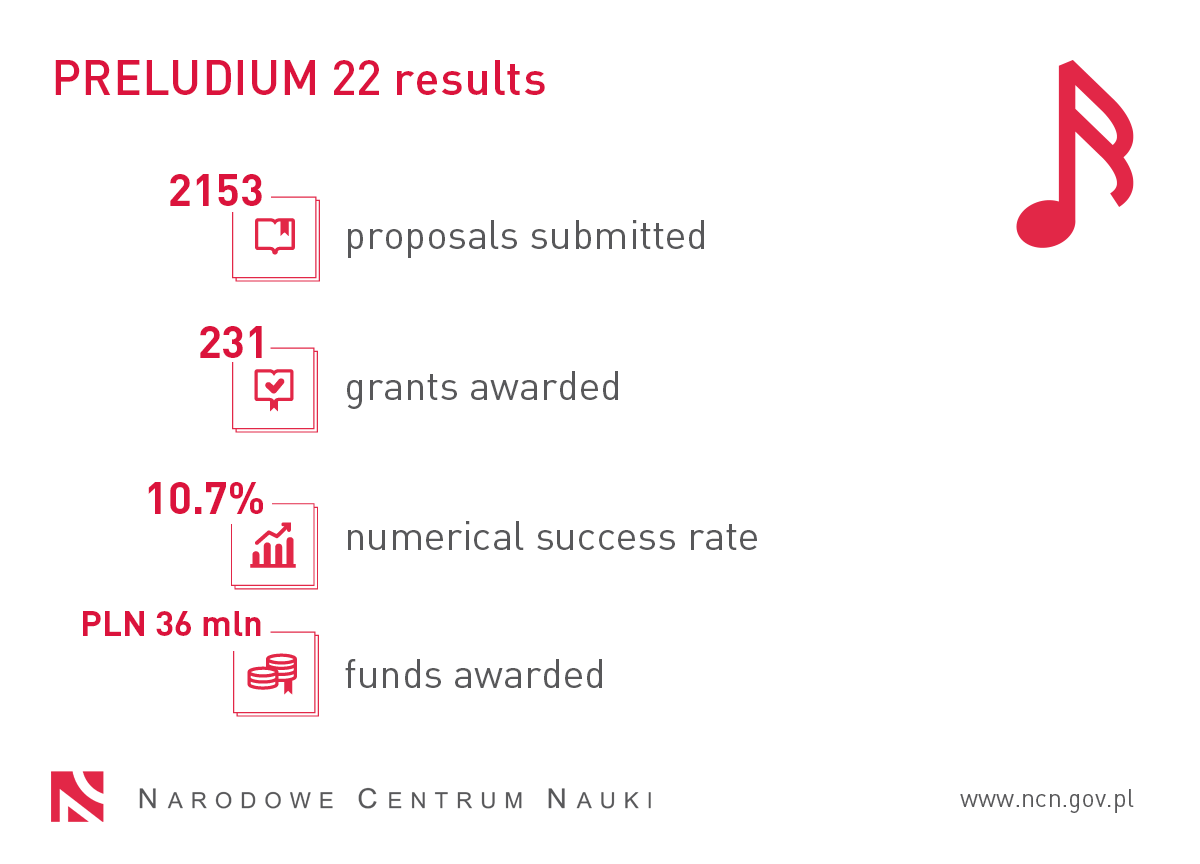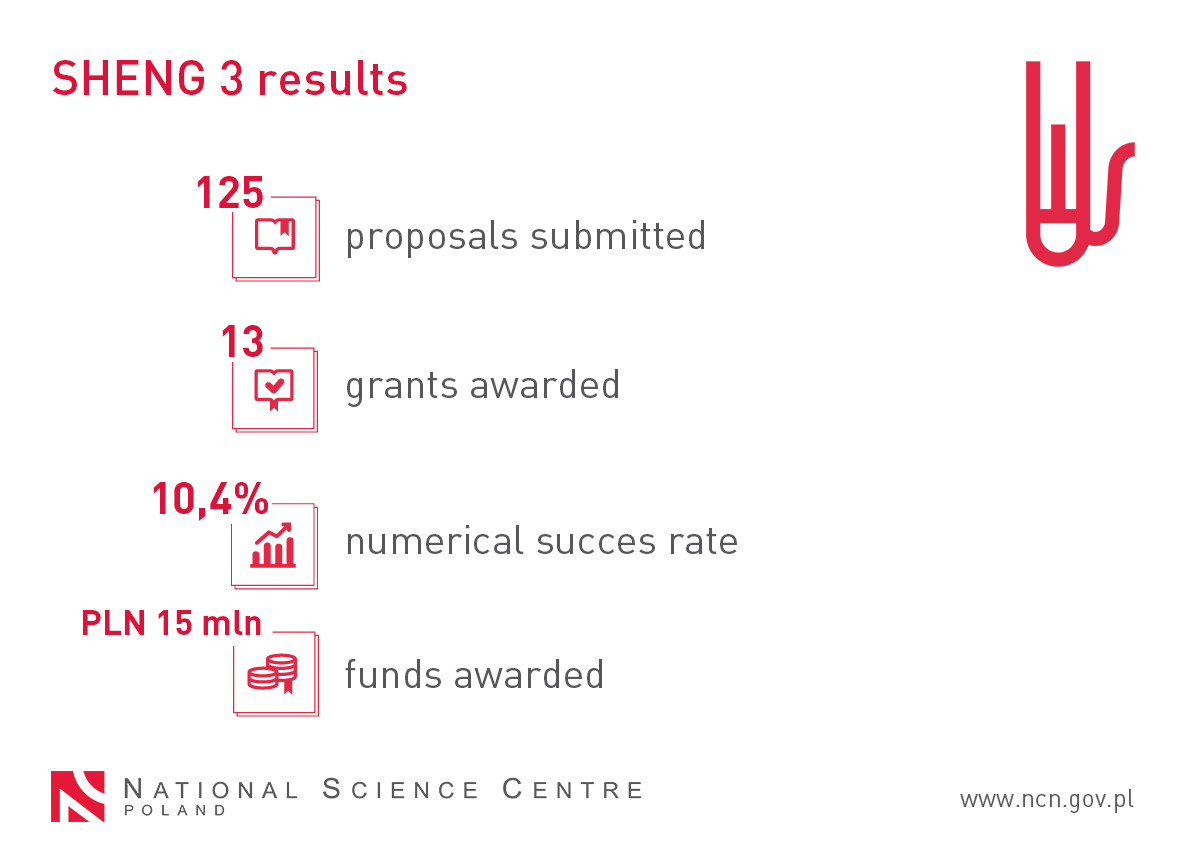“In my field, the dominance of men starts with the dominance of boys. If there is any need for institutional support, it is in raising social awareness and educating kids early on. All children, boys and girls alike, should be encouraged to develop their interest in maths,” says Professor Ewa Szczurek. We met with the 2023 ERC CoG winner to discuss research, grants and measures to support equal opportunities for men and women in science.
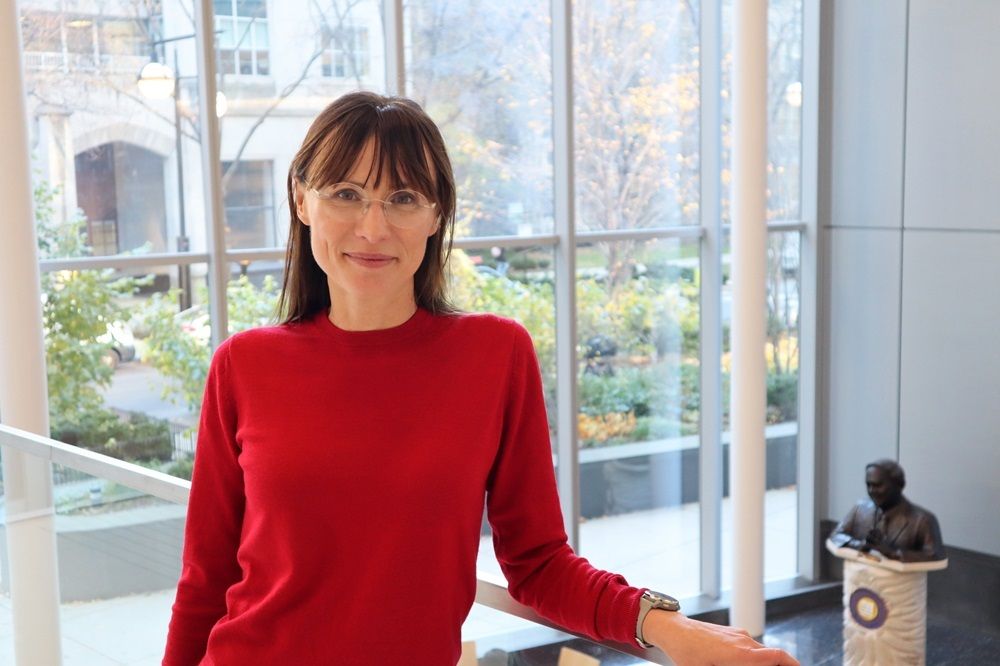 Prof. Ewa Szczurek, photo credit: M. Szczurek
Prof. Ewa Szczurek is a computer scientist working at the Faculty of Mathematics, Computer Science and Mechanics of the University of Warsaw. Her research interests centre on artificial intelligence and its applications in biology and medicine. She has previously won three NCN grants. In November, as one of a group of just four scientists from Poland, she was awarded an ERC Consolidator Grant. “I am particularly interested in probabilistic graph models and deep generative models. As for their applications, I used to be involved in cancer research for many years. Quite recently, my interests have expanded to include the generation of antimicrobial peptides. Thanks to the ERC grant, I will be able to fully develop this line of research”, the scientist tells us.
Prof. Ewa Szczurek, photo credit: M. Szczurek
Prof. Ewa Szczurek is a computer scientist working at the Faculty of Mathematics, Computer Science and Mechanics of the University of Warsaw. Her research interests centre on artificial intelligence and its applications in biology and medicine. She has previously won three NCN grants. In November, as one of a group of just four scientists from Poland, she was awarded an ERC Consolidator Grant. “I am particularly interested in probabilistic graph models and deep generative models. As for their applications, I used to be involved in cancer research for many years. Quite recently, my interests have expanded to include the generation of antimicrobial peptides. Thanks to the ERC grant, I will be able to fully develop this line of research”, the scientist tells us.
Entitled DOG-AMP Deep Optimised Generation of Antimicrobial Peptides, her ERC project will apply cutting-edge AI methods to generate new antimicrobial peptides. More active and less toxic than the peptides we have today, they will be likely to find effective therapeutic applications and help counteract the problem of antimicrobial resistance.
Professor Szczurek studied in Warsaw and Uppsala (Sweden). She earned her PhD at the German Max Planck Institute for Molecular Genetics, went on to work as a postdoctoral fellow at ETH Zurich in Switzerland and is currently a visiting professor at Northwestern University in Chicago. She will work on her ERC project at the University of Warsaw and at Helmholtz Munich.
The European Research Council has thus far awarded a total of 77 grants to researchers based in Poland. 15 of these have gone to computer scientists and mathematicians from the University of Warsaw (one project was hosted by the Institute of Mathematics, PAS).
In 2022, the Faculty of Mathematics, Computer Science and Mechanics of the University of Warsaw employed nearly 250 academic teachers; fewer than 20% of these were women. This included 16 female and 81 male professors.
Anna Korzekwa-Józefowicz asked Prof. Ewa Szczurek about her ERC grant application and possible solutions that could help women researchers make it in male-dominated disciplines.
Anna Korzekwa-Józefowicz: Computer scientists and mathematicians from the University of Warsaw have won nearly 20% of all ERC grants awarded to researchers based in Poland. Why do you think your faculty is so successful?
Ewa Szczurek: I would say it owes its success to a focus on scientific excellence and strong support mechanisms for active researchers. Also, the success stories of colleagues who have already won ERC grants really encourage others to apply.
But I want to emphasise that all grants, be it from the ERC or the NCN, are but a means to an end, not an end in itself. I suspect other ERC grant holders think the same.
AKJ: I recently saw a presentation by Prof. Piotr Sankowski, quadruple ERC grant winner, who said that he won a Starting Grant on his first attempt, but it took three to get the next two grants; the latest, the Proof of Concept Grant, required five attempts. Starting Grant holders from the Nicolaus Copernicus University in Toruń, Prof. Katharina Boguslawski and Prof. Piotr Wcisło, also told me that their university had supported their application from the IDUB budget. Was this your first ERC application? What support did you get?
ESz: I applied for a Starting Grant a few years ago, but I didn’t get it. That important project was funded by the NCN under SONATA BIS.
It took me two attempts to get the ERC Consolidator Grant. Last year, I got a lot of support from the Research Support Office at the University of Warsaw, the PAS Office of Scientific Excellence, as well as my faculty colleagues. I took part in “mock panels”, during which renowned researchers took on the role of ERC panel experts. This year, I was also supported by the Helmholtz Zentrum Munich in Germany, which pays for a professional coach to help prepare candidates for the ERC interview. I could also really count on my team.
For a research team to work well, it also needs administrative support, which is why I am very thankful to the research support section at my faculty, the administrative staff of the University of Warsaw, our computer lab and computing server admins. I also relied on my faculty’s support for active researchers.
AKJ: Did the fact you had previously worked on NCN-funded projects have an impact on your ERC application and its success?
ESz: The fact that I had won grants from the NCN, an independent, expert-based research-funding institution in Poland, showed that I am an independent researcher with enough research project experience. This is an important element of my CV, which is also looked at by ERC reviewers.
AKJ: You work in a male-dominated discipline. Of course, your hard-won success is the product of your own effort. Do you see any chance and need for institutional change to help women make it in disciplines where they have long been under-represented?
ESz: In my field, the dominance of men starts with the dominance of boys. As early as in primary school, girls are often perceived as being less gifted in STEM subjects than boys, including by their own parents. Fortunately, that wasn’t my problem. My mom was a mathematician and worked with computers, and my father was a physicist. So it was only natural that I would think that anyone, man or woman, could take up STEM subjects. If there is any need for institutional support, it is in raising social awareness and educating kids early on. Speaking more generally, I believe all children, boys and girls alike, should be encouraged to develop their interest in maths.
AKJ: How do you see the situation and status of women researchers in Poland in comparison to other countries you’ve worked in? What models could we transplant from Switzerland, Germany, or the US?
ESz: I haven’t noticed any differences in the status of women at my previous institutions and my current workplace in Poland.
As for the models we could copy, I think university childcare centres would be it. At ETH Zurich in Switzerland, employees could leave their children in a day-care centre or pre-school, which also had several branches in different neighbourhoods across the city. At the University of Chicago in the US, too, there is an excellent elementary school. Knowing that your kids are in good care, getting excellent education while you’re at work, is very important for your research performance. It also really helps the university attract researchers with families.
AKJ: Do you see any solutions, especially low-cost solutions, that could easily be implemented in every research institution to help researchers reconcile their family and professional roles?
ESz: On principle, it is incredibly difficult for researchers to reconcile work and family life, because this line of work requires frequent travel and is very absorbing mentally. The only thing I can think of is making room for remote work, which is an option that’s already available at my faculty, for instance.
In 2022, the NCN adopted a Gender Equality Plan, which presents a diagnosis of the status quo in terms of gender equality and enumerates measures that the NCN intends to take in the future. One goal is to increase the weight of equality issues in NCN’s information and promotion campaigns.
We regularly publish researcher profiles on our website and run a social media mini-campaign devoted to the presence of women in science. We also hold conversations about how to level the playing field for men and women and help them reconcile work and family roles.
Until now, we have published interviews with:
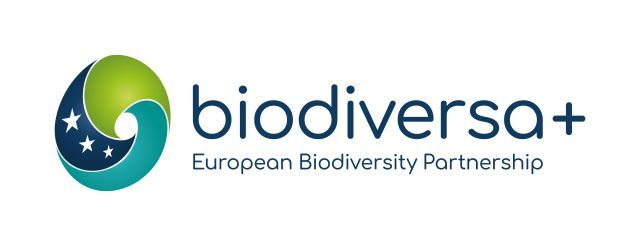 Partnership Biodiversa+. They will work on projects focused on improving the system of monitoring biodiversity and ecosystem change.
Partnership Biodiversa+. They will work on projects focused on improving the system of monitoring biodiversity and ecosystem change.
